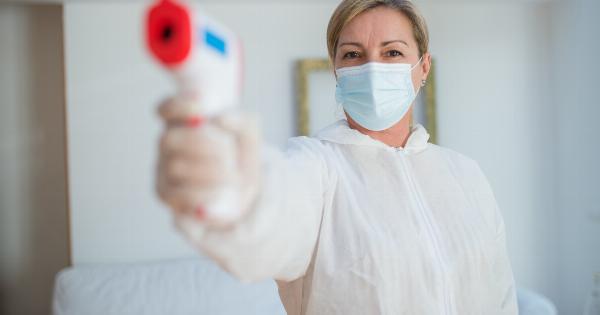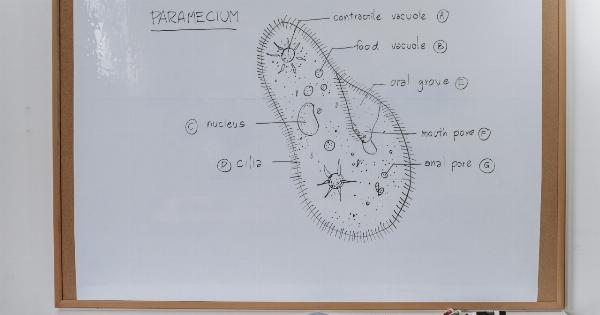Human papillomavirus (HPV) is a very common virus that can be transmitted through sexual contact.
It can cause a variety of health problems, including genital warts and different types of cancer, such as cervical cancer, anal cancer, and oropharyngeal cancer. In this article, we’ll explore what you need to know about HPV transmission and cancer.
What is HPV?
HPV is a group of viruses that can affect the skin and mucous membranes of the body, such as the mouth, throat, cervix, anus, and genitals. There are over 100 different types of HPV, and some of them can cause health problems.
HPV can be divided into two categories: low-risk HPV and high-risk HPV. Low-risk HPV types can cause genital warts, which are usually not dangerous but can be uncomfortable or embarrassing.
High-risk HPV types can cause cancer in different parts of the body.
How HPV is Spread
HPV is mainly spread through sexual contact, including vaginal, anal, and oral sex. It can also be spread by skin-to-skin contact during sexual activity, even if there is no penetration or ejaculation.
HPV can be transmitted between heterosexual and same-sex partners, and from one person to another at any age.
HPV can be passed from one person to another even if there are no visible signs or symptoms of infection.
Some people may carry HPV without knowing it, while others may develop symptoms such as genital warts or abnormal cell changes in the cervix, anus, or throat many years after being infected.
Preventing HPV Transmission
There are several ways to reduce the risk of HPV transmission:.
- Get vaccinated against HPV. The HPV vaccine is recommended for both boys and girls starting at age 11 or 12, and can be given up to age 45. The vaccine can prevent most cases of cervical cancer, as well as some other types of cancer and genital warts that are caused by HPV.
- Use barrier methods of contraception, such as condoms or dental dams, during sexual activity. Barrier methods can help reduce the risk of HPV transmission, although they may not be 100% effective.
- Limit your number of sexual partners. The more sexual partners you have, the higher your risk of contracting HPV or other sexually transmitted infections.
- Get regular cervical, anal, or throat cancer screenings. These screenings can detect abnormal cell changes that may lead to cancer, and can be treated before they become more serious.
HPV and Cancer
HPV can cause several types of cancer, including cervical cancer, anal cancer, and oropharyngeal cancer (cancer of the back of the throat, including the base of the tongue and the tonsils).
The risk of these cancers is higher in people who are infected with high-risk HPV types, especially if they have other risk factors such as smoking, HIV, or a weakened immune system.
Cervical cancer is the most well-known type of cancer that is associated with HPV. It is estimated that about 90% of cases of cervical cancer are caused by HPV, particularly types 16 and 18.
Cervical cancer can develop slowly over many years, usually without any symptoms, and can be detected through regular cervical cancer screenings such as a Pap test or HPV test.
Anal cancer is also linked to HPV, particularly types 16 and 18, as well as types 31, 33, 45, 52, and 58.
Anal cancer is more common in men who have sex with men, as well as in people who have certain risk factors such as HIV or a history of anal warts.
Oropharyngeal cancer is becoming more common, especially in younger people who are infected with high-risk HPV types, particularly type 16.
Oropharyngeal cancer can develop in the base of the tongue, the tonsils, or the back of the throat, and is usually diagnosed in later stages when symptoms such as difficulty swallowing or a persistent sore throat arise.
HPV and Pregnancy
HPV does not usually affect pregnancy or the developing fetus, but there are some important considerations for pregnant women who are infected with HPV:.
- Women with HPV may be at higher risk of developing abnormal cervical cell changes during pregnancy, especially in the second and third trimesters.
- Women with HPV who have severe cervical cell changes or cervical cancer may need treatment during pregnancy, which can affect the health of the fetus.
- The HPV vaccine is not recommended for pregnant women, but can be given before pregnancy or after delivery.
- HPV can be transmitted to the baby during delivery, but this is rare. In some cases, cesarean delivery may be recommended to reduce the risk of transmission.
Treating HPV and Related Cancer
There is no specific treatment for HPV infection itself, but many of the health problems that are caused by HPV can be prevented or treated:.
- Genital warts can be treated with topical creams or ointments, or removed through freezing, burning, or surgery.
- Abnormal cervical cell changes can be treated with procedures such as colposcopy, biopsy, cryotherapy, or LEEP, which remove or destroy the affected cells.
- Cervical, anal, or oropharyngeal cancer may require a combination of treatments such as surgery, radiation therapy, chemotherapy, or targeted therapy, depending on the stage and type of cancer.
Conclusion
HPV is a common virus that can be transmitted through sexual contact and cause a variety of health problems, including genital warts and various types of cancer.
Preventing HPV transmission through vaccination, barrier methods, and regular screening is important in reducing the risk of these health problems. For people who are infected with HPV, there are treatments available for related health problems such as genital warts and abnormal cell changes, as well as various types of cancer that may occur.
Talk to your healthcare provider if you have questions or concerns about HPV or related health issues.

























